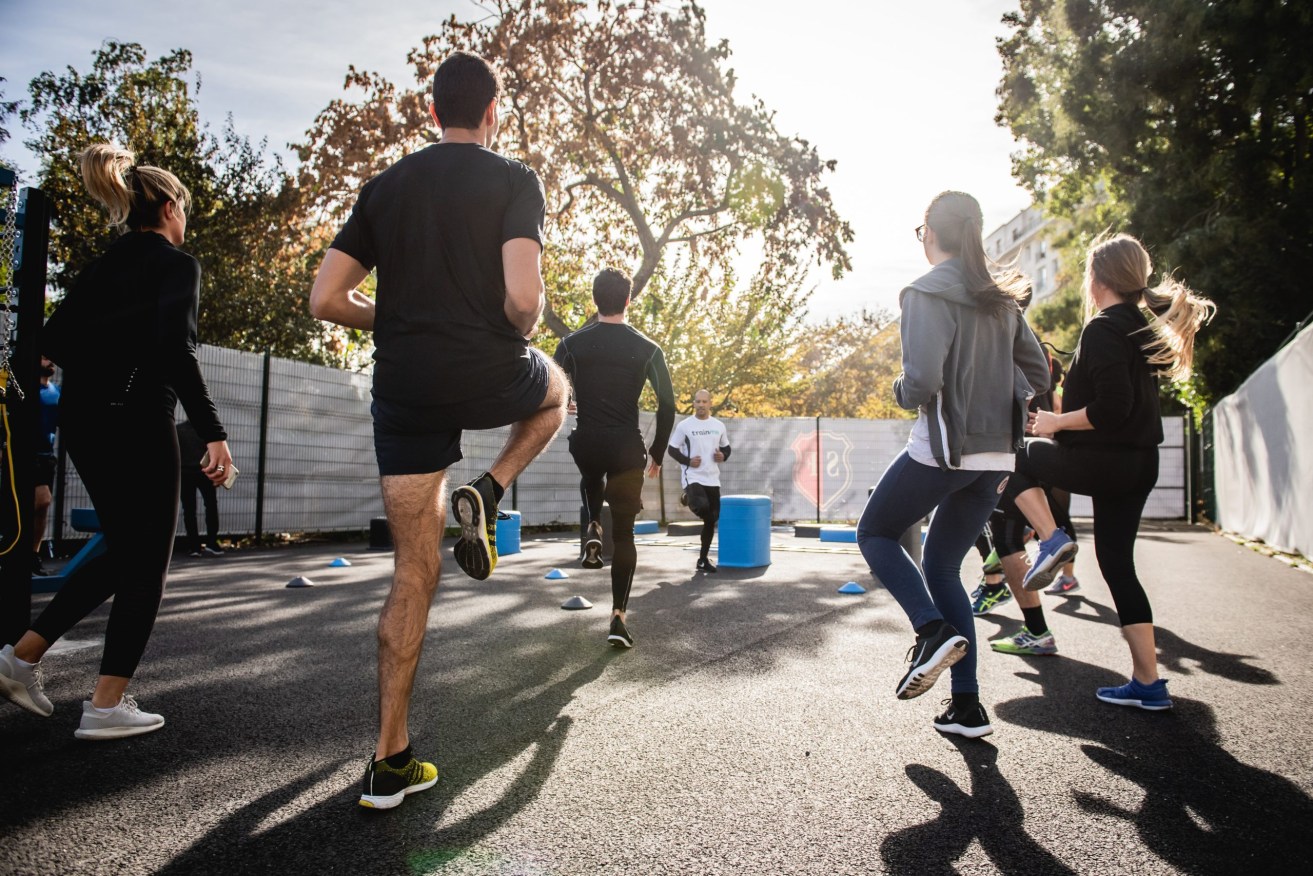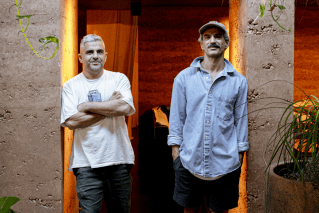Hitting the sweet spot: UQ research says exercise improves your memory
While experts say it takes an average of 66 days to form a good habit, University of Queensland researchers have found it only takes a little over half that time to see improvements from the most beneficial habit of all – exercise.


Image: Gabin Vallet/Unsplash
It has taken a decade of trying but researchers at the Queensland Brain Institute are confident they have found an exercise “sweet spot” that reverses the cognitive decline in ageing mice.
That sweet spot – 35 days of voluntary physical exercise – may help improve spatial learning and memory for humans as well, an important step in helping people overcome dementia.
The research, led by the institute’s Emeritus Professor Perry Bartlett and his colleague Dr Dan Blackmore, found that a certain amount of exercise improved the function of the hippocampus, the part of the brain important for learning and memory.
“We tested the cognitive ability of elderly mice following defined periods of exercise and found an optimal period or ‘sweet spot’ that greatly improved their spatial learning,” Dr Blackmore said.
The researchers also discovered how exercise improved learning.
“We found that growth hormone (GH) levels peaked during this time, and we’ve been able to demonstrate that artificially raising GH in sedentary mice also was also effective in improving their cognitive skills”, Blackmore said.
“We discovered GH stimulates the production of new neurons in the hippocampus – the region of the brain critically important to learning and memory.
“This is an important discovery for the thousands of Australians diagnosed with dementia every year.”
Dementia is the second leading cause of death of all Australians, and with no medical breakthrough the number of people with dementia is expected to increase to around 1.1 million by 2058.
Prof Bartlett said the findings provide further proof that loss of cognitive function in old age is directly related to the diminished production of new neurons.
“It underlines the importance of being able to activate the neurogenic stem cells in the brain that we first identified 20 years ago,” he said.
The research team was able to explore how the production of new neurons changed the circuitry in the brain using Magnetic Resonance Imaging (MRI).
“Using MRI, we were able to study the brain following exercise, and for the first time identify the critical changes in the structure and functional circuitry of the hippocampus required for improved spatial learning,” Blackmore said.












